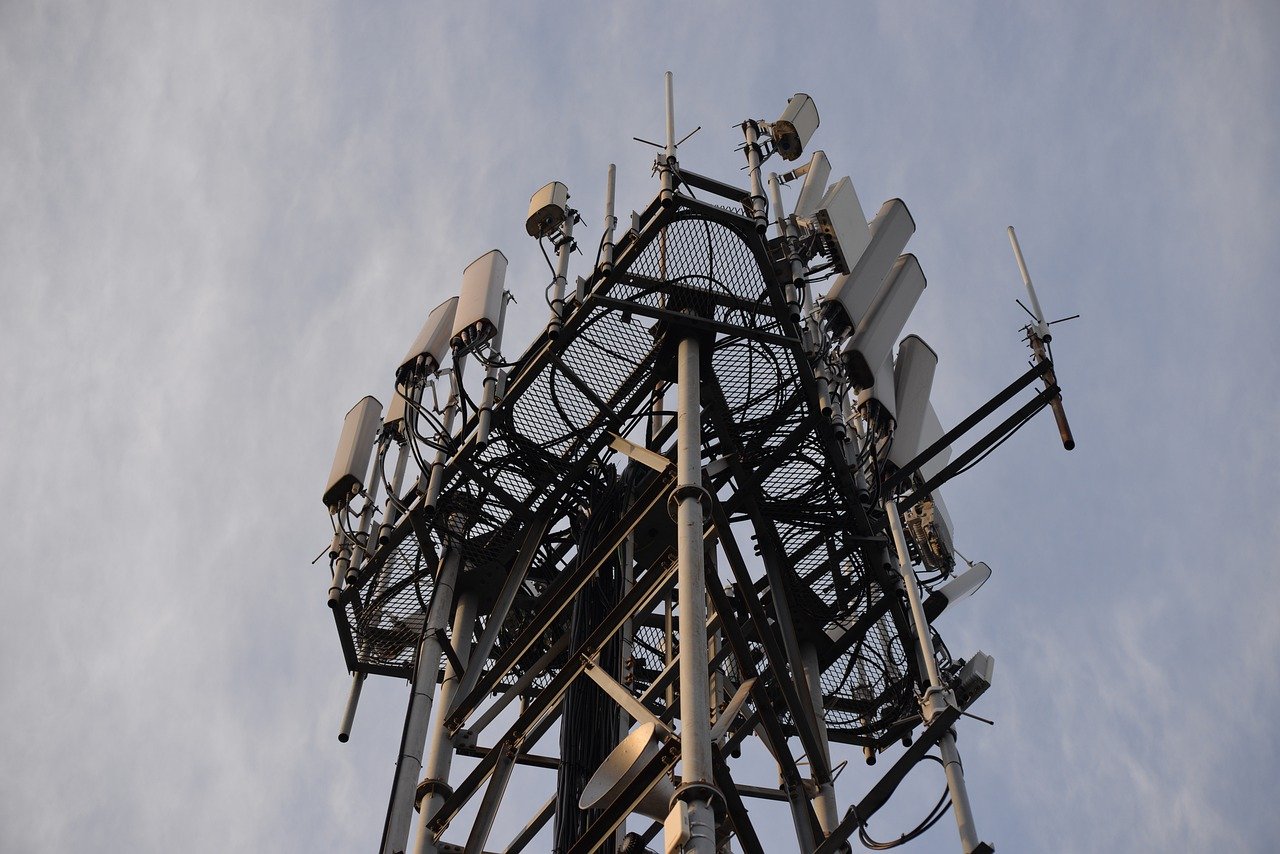The COVID-19 pandemic has caused a massive shift in the way healthcare is delivered, with an increased reliance on telemedicine and virtual doctor visits. These technologies have allowed patients to receive medical care without having to leave their homes, reducing the risk of exposure to the virus.
One of the key components of telemedicine and virtual doctor visits is high-speed internet. Without a reliable and fast internet connection, patients and healthcare providers would not be able to communicate effectively. In this article, we will explore the role of high-speed internet in telemedicine and virtual doctor visits, and how it has impacted the healthcare industry.
Telemedicine, also known as telehealth, involves using telecommunications technology to deliver medical care to patients who are located at a distance from healthcare providers. This can include video conferencing, remote monitoring, and other forms of digital communication. Telemedicine has been around for several decades, but its adoption has been slow due to a lack of infrastructure and reimbursement issues. However, the COVID-19 pandemic has forced the healthcare industry to rapidly adopt telemedicine as a way to continue providing care while minimizing the risk of exposure to the virus.
Virtual doctor visits, also known as telemedicine visits, are a form of telemedicine that allows patients to consult with their healthcare providers from the comfort of their own homes. These visits can be conducted via video conferencing, phone calls, or other forms of digital communication. Virtual doctor visits have become increasingly popular during the COVID-19 pandemic, with many healthcare providers offering them as an alternative to in-person visits.
To effectively conduct telemedicine and virtual doctor visits, high-speed internet is essential. Patients and healthcare providers need a fast and reliable internet connection to communicate effectively, and to ensure that audio and video quality are sufficient for effective diagnosis and treatment. In rural areas, where broadband internet access can be limited, telemedicine and virtual doctor visits can be difficult to implement.
The role of high-speed internet in telemedicine and virtual doctor visits has been transformative for the healthcare industry. Patients no longer need to travel long distances to receive medical care, which can be especially beneficial for those who live in remote areas. Healthcare providers are also able to see more patients in less time, reducing wait times and improving access to care.
However, there are challenges associated with implementing telemedicine and virtual doctor visits. One of the biggest challenges is ensuring that patients have access to high-speed internet. In rural areas, where broadband internet access can be limited, telemedicine and virtual doctor visits can be difficult to implement. This can lead to disparities in healthcare access between urban and rural areas.
Another challenge is ensuring that patients have the necessary equipment to conduct virtual visits. Patients may need to have a computer, smartphone, or tablet, as well as a high-speed internet connection. For some patients, especially those who are older or have limited financial resources, accessing the necessary equipment can be a challenge.
Despite these challenges, the role of high-speed internet in telemedicine and virtual doctor visits is likely to continue to grow in the coming years. As the technology becomes more widely adopted, healthcare providers will need to ensure that patients have access to high-speed internet and the necessary equipment to participate in virtual visits.
In conclusion, high-speed internet has played a crucial role in the implementation of telemedicine and virtual doctor visits. These technologies have allowed patients to receive medical care from the comfort of their own homes, reducing the risk of exposure to the COVID-19 virus. However, there are challenges associated with implementing these technologies, including ensuring that patients have access to high-speed internet and the necessary equipment to participate in virtual visits. As the healthcare industry continues to evolve, it will be important to address these challenges in order to ensure that all patients have access to quality healthcare.








